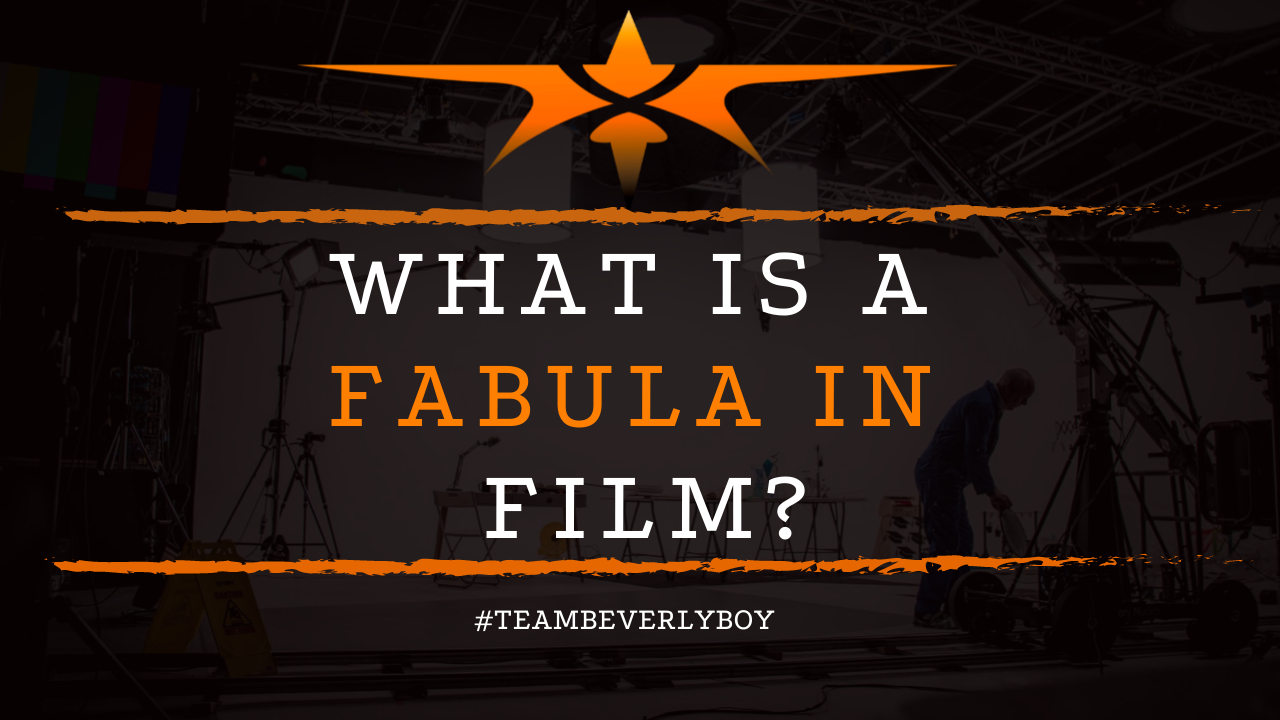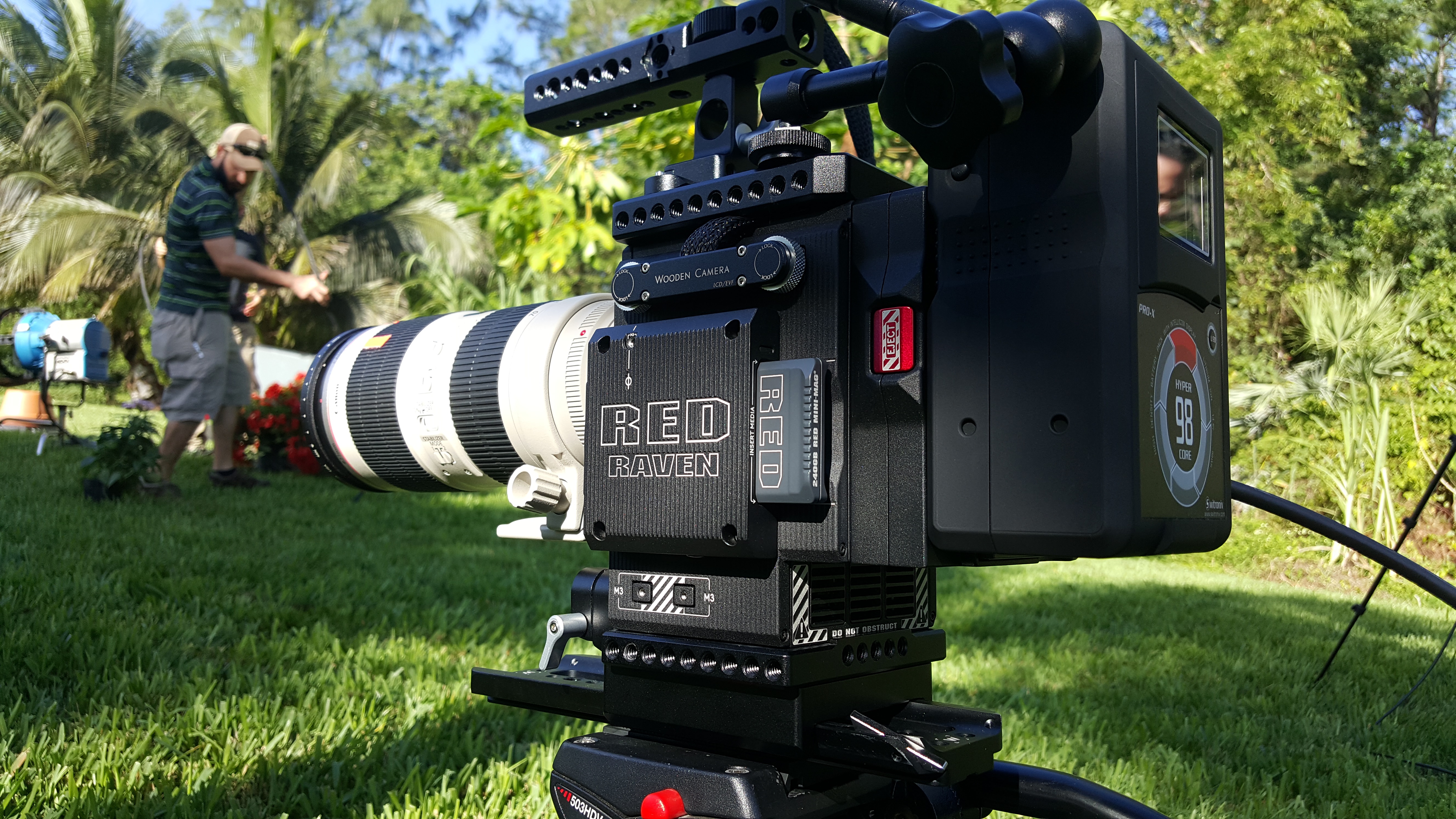
What is a Fabula in Film?
In film there are often terms that have multiple meanings and varied means of how the terms can potentially be used. The context often gives way to one particular meaning or the other much like context can largely change how a term is perceived when it’s used in a book, poem, or play. In film, the term fabula can have several meanings. All in all, fabula and syuzhet are terms that are sometimes used to describe the chronological sequencing of events and the re-presentation of events through various elements of a film. But what does all of this mean, and most importantly, what is a fabula in film?

Fabula is the Plot of a Story
One of the meanings that is closely linked to the term “Fabula” in film is related to the plot. Particularly, the fabula represents the plot of a story in terms of a linear temporal narrative.
In this sense, fabula is actually the plot in comparison to the complete narrative form including the book, the play, or the film.
Thus, this means that fabula is the plot of the overall work, in this case – the film.
Plot Separation
When fabula is described as the plot of the film, the term is used to separate plot from narration. Or to otherwise separate the story from the telling of the story.
In direct comparison, the syuzhet then would represent the actual complex and narrated form of the film. The linear plot or fabula, can be shared in many ways.
When the fabula is told out of sequence and with narration the compled story represents the syuzet.
Linear Plot
When examining the fabula as the linear plot of the story or film, it’s important to understand that the fabula is merely a piece of the story. It’s the linear plot – only.
The fabula is not the narration. It is not the characters. The fabula is not the entire workings of the film. It’s the linear plot which makes up a single part of the film.
And may be delivered through narration in a number of different ways. Either by different characters, from different points of view, or in different orders.
This represents the syuzhet, when a single fabula has representation under different syuzhet.
Cause for Concern
A key area of concern in this definition of a fabula in a film is the fact that the fabule, which is presented as the linear plot of the film, could also represent as syuzhet.

Fabula as Raw Material of the Story
Another definition that comes up as we seek to answer the question, “What is a fabula in film?” surrounds the idea that fabula is the raw material of a story.
In this instance, fabula represents the raw material that makes up a story before it has been structured into a particular narration representing the actual film itself.
An Examination of Fabula
Examining fabula in the context of the representation of raw material of the story brings up an open ended and entirely unformed consideration.
Which includes all of the parts of the process of plotting the story.
Endless Possibilities
Thus, all raw materials of the story construction, including the possible views, the different narrative options, and the variations or underlying potential for the story in this instance represents the fabula.
In this sense, raw material includes unformed materials, the refining processes, and also the story elements.
So fabula can include bricks and clay, creative processes, and the endless possibilities for the story.
Linear Plot or Raw Material?
Determining whether fabula is describing the linear plot of the story. Or the raw material that makes up the story is all about how the concept is introduced.
For instance, if fibulas is represented as an analysis of the way in which the story is created and otherwise perceived by the audience.
Or in a context in which it represents a concept of completed narration.
Narratology
Fabula as a linear plot is the most frequent definition to the term in reference to narratology. When studying narrative structure, fabula shows the separation of plot from narrative structure.
As well as to show the different ways that plot structure could potentially be separated by narration.
Examining fabula in this example is often represented by an indication of the linear plot (or fabula) and the non-linear narration.
Which forms the various events of the film, narrated out of temporal sequence, and potentially from different character views or angles.
Sharing Fabula
When we watch a film and then share the details with friends? We’re actually sharing the fabula. We are sharing our details of the plot as we perceived it through our own personal construction of the story.
Likewise, when a filmmaker produces a film, they’re creating a fabula such that the writer has conceived a plot or fabula of their own.
And the filmmaker has conceived a story based on the fabula that the writer shared. Individually, each of the two conceive fabula.
And then converts into narrative complexity deliverable to the audience.
In Summary
So what is fabula in film? You can identify fabula as either the linear plot or raw material that makes up the plot of the film.
It’s both a term that represents textual analysis. And is a term that is cultural.
Ultimately, whether fabula is representative of the textual analysis, as raw material of a story, or as a linear plot, is all in how the term is described and the context in which it is used.


